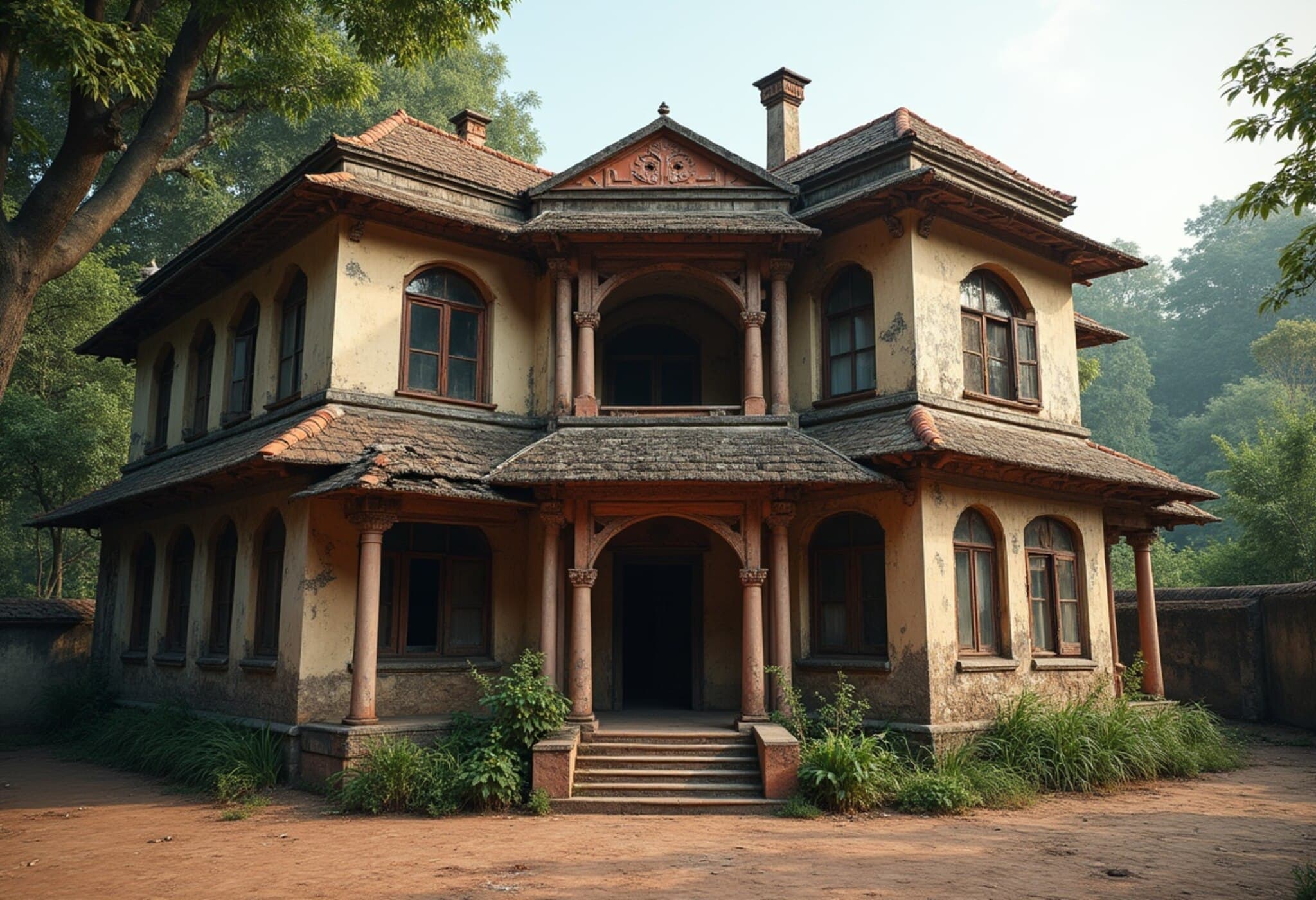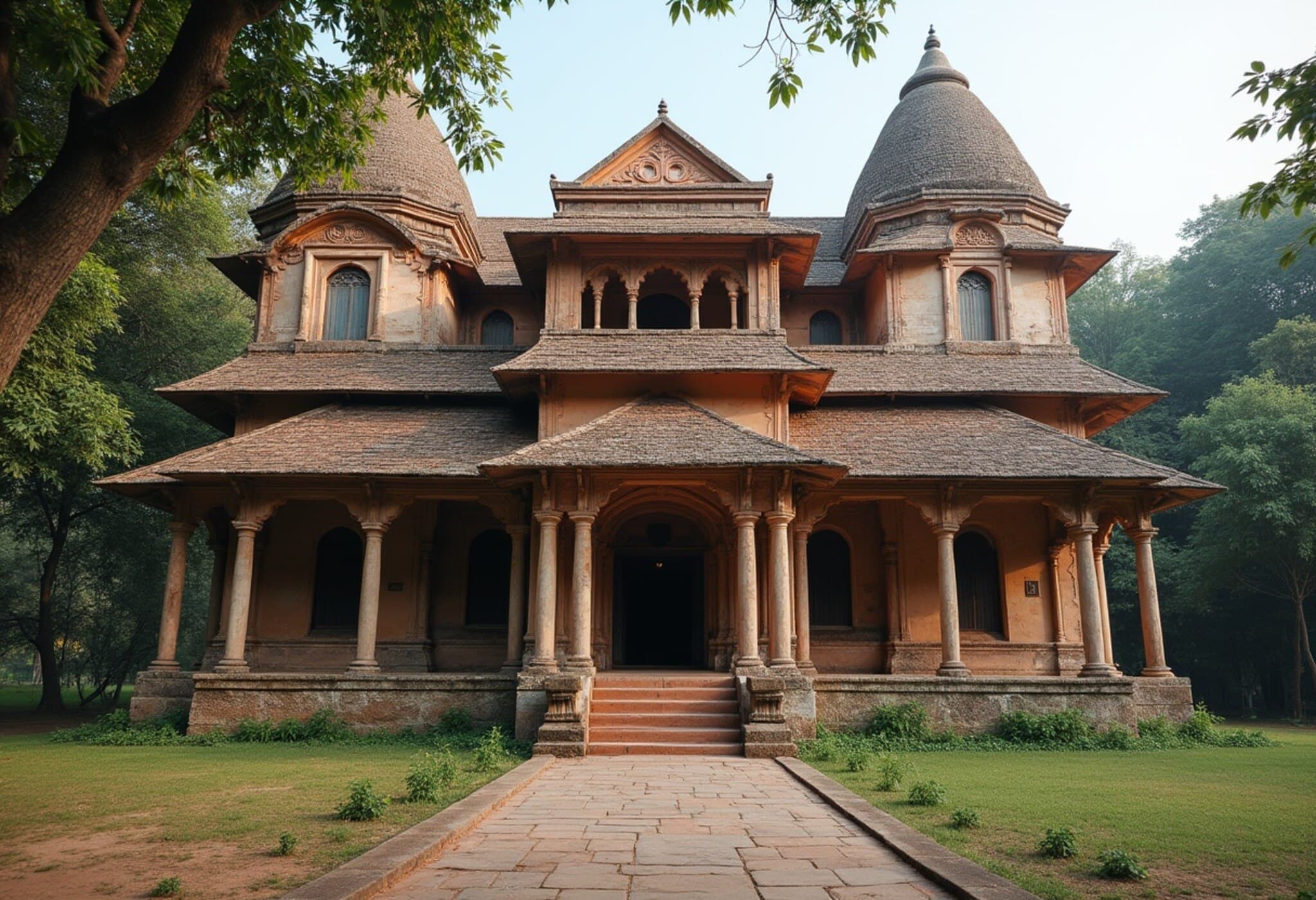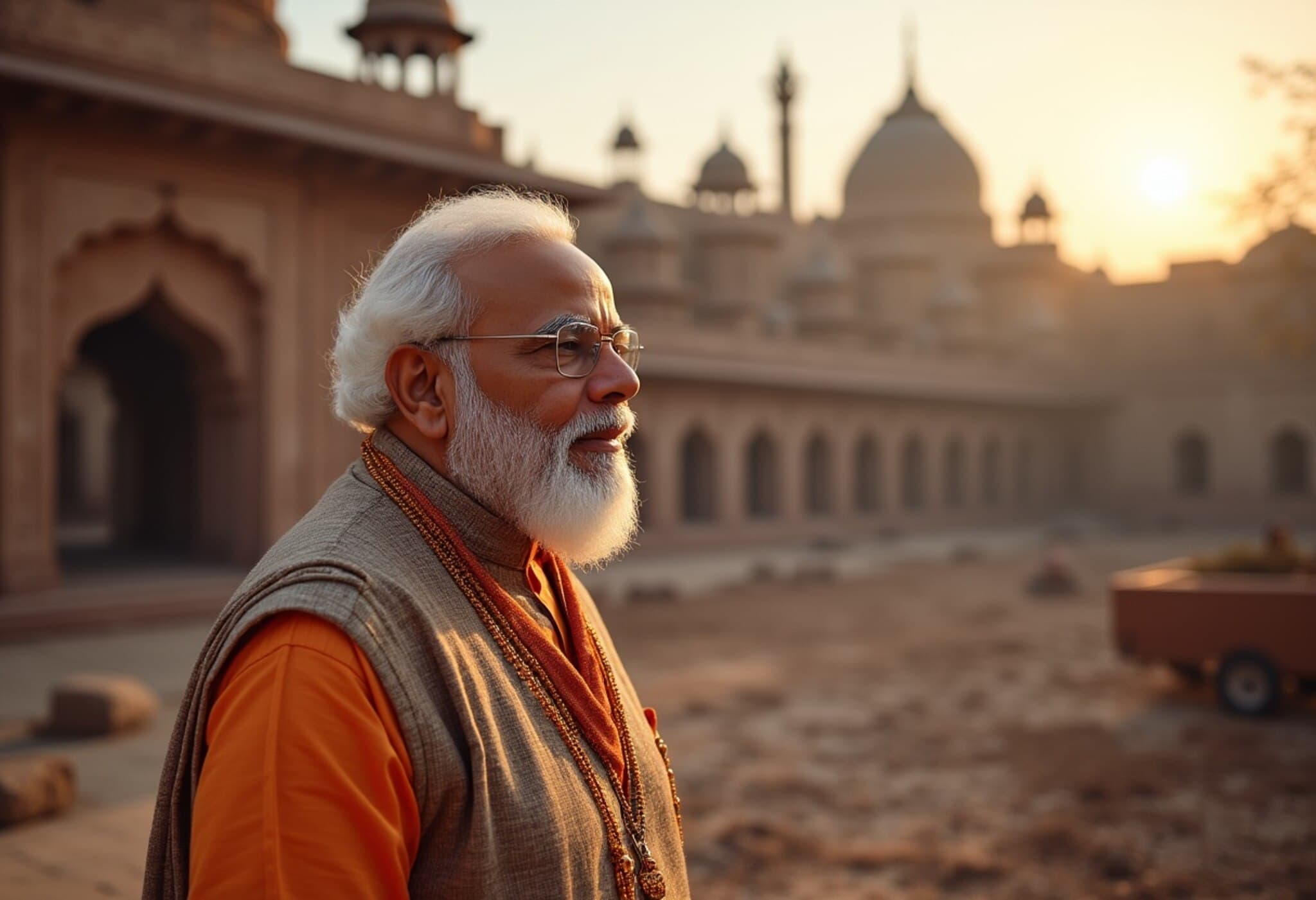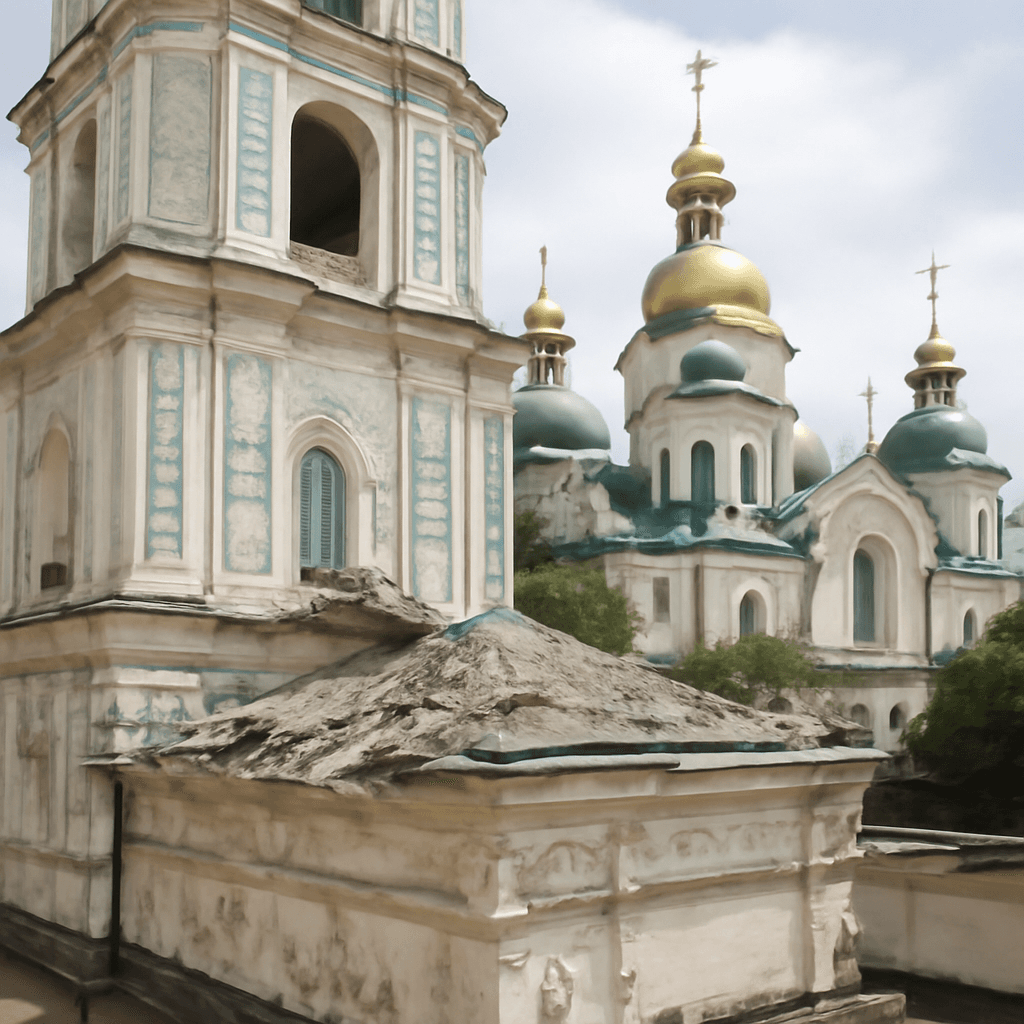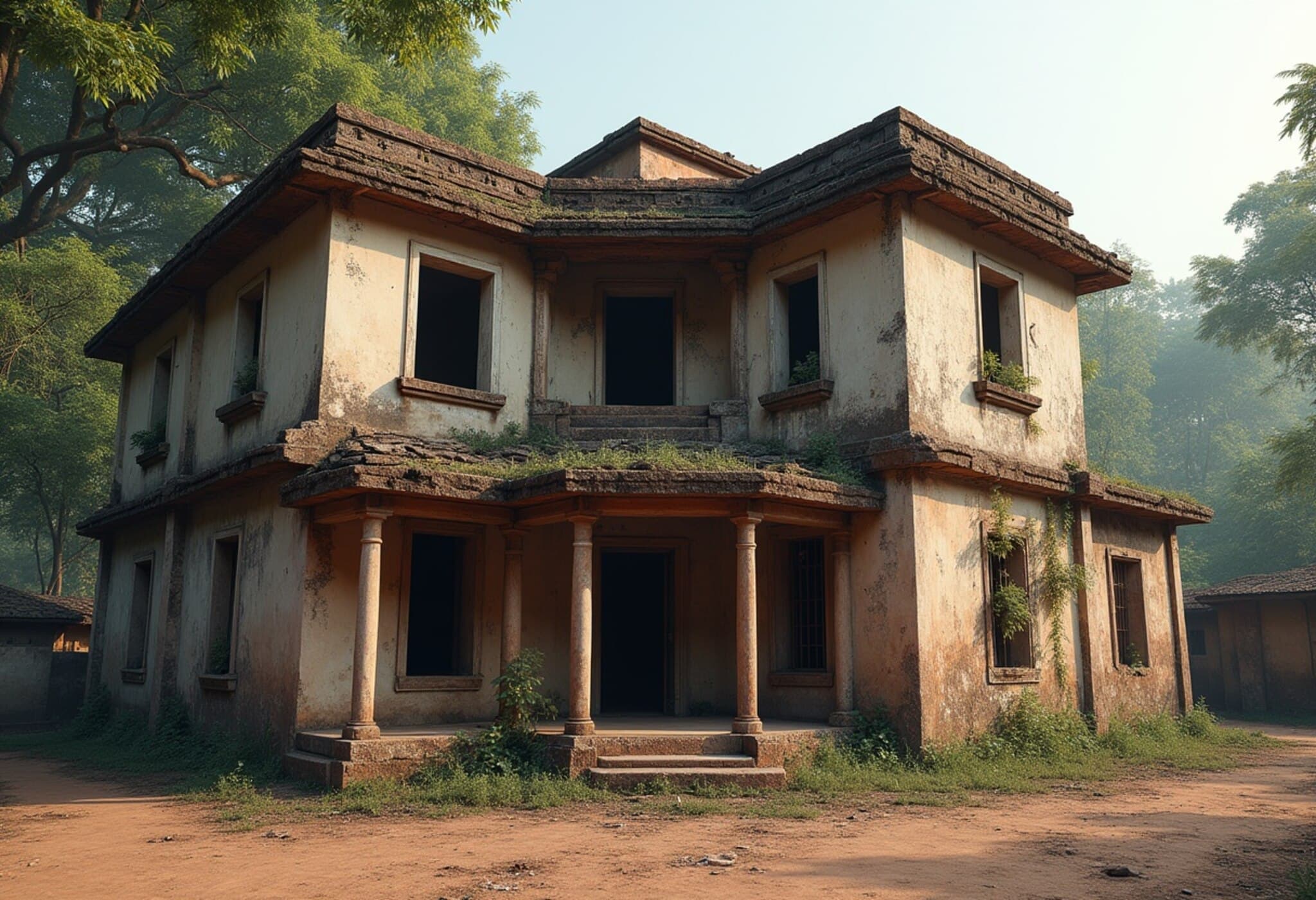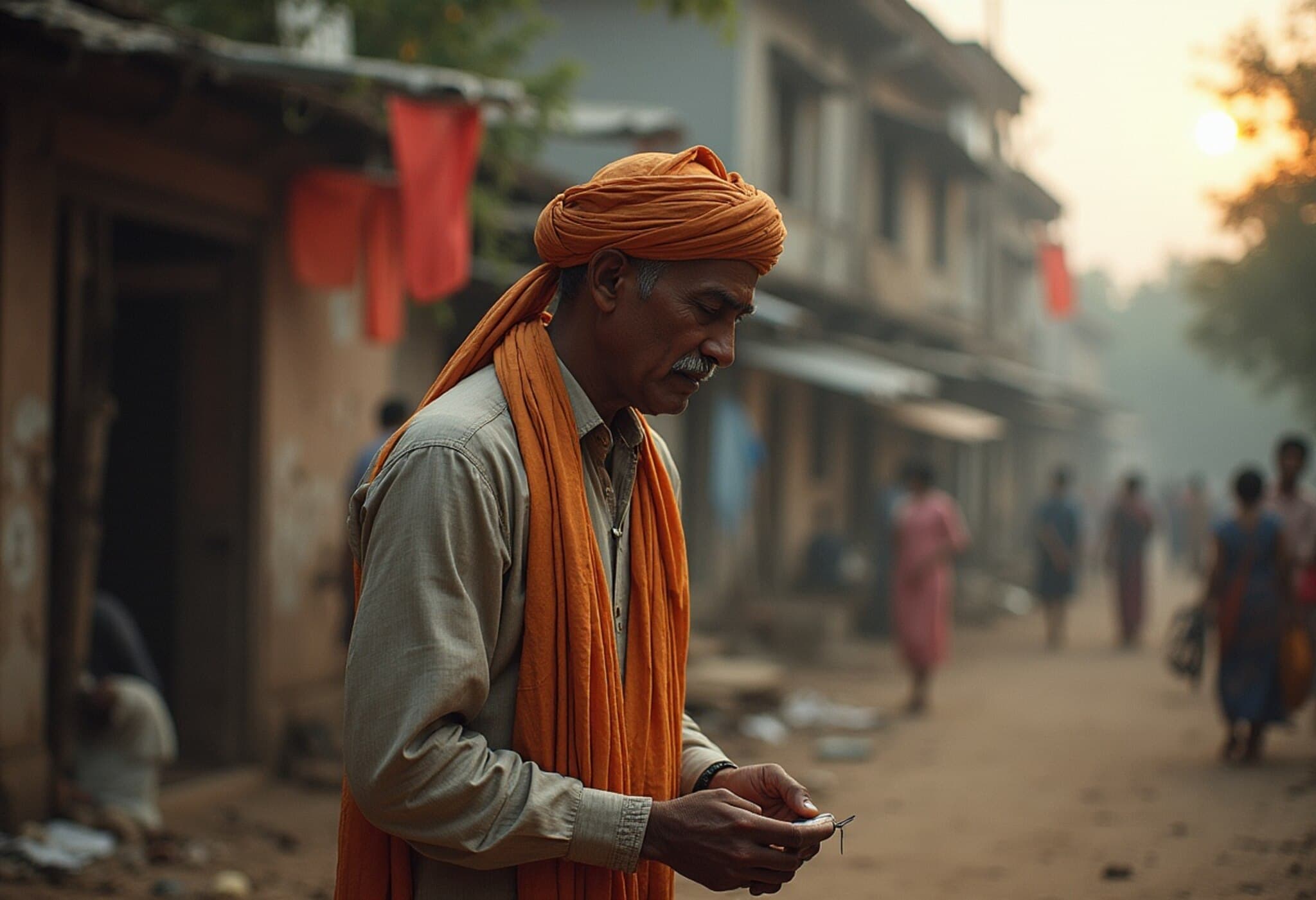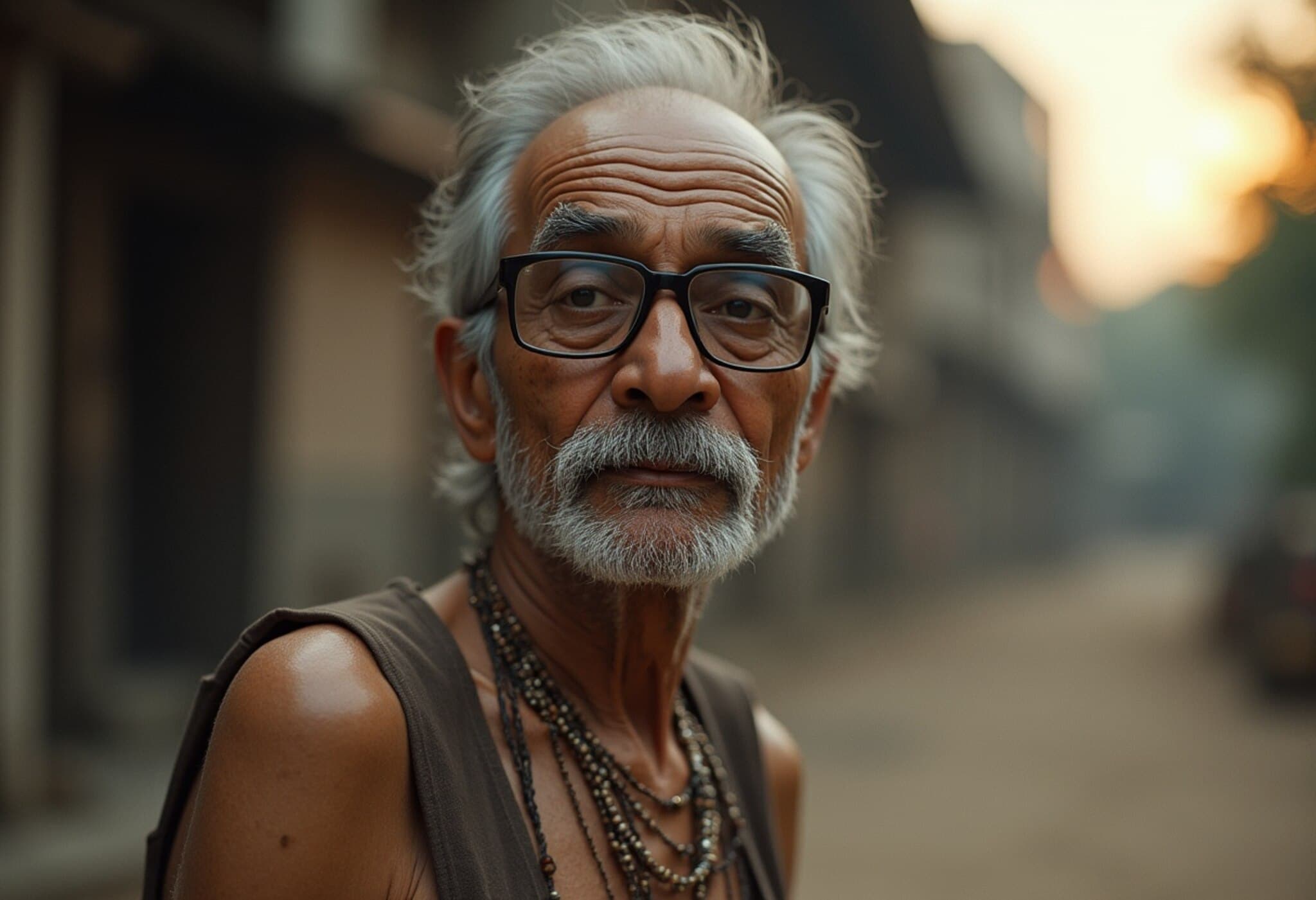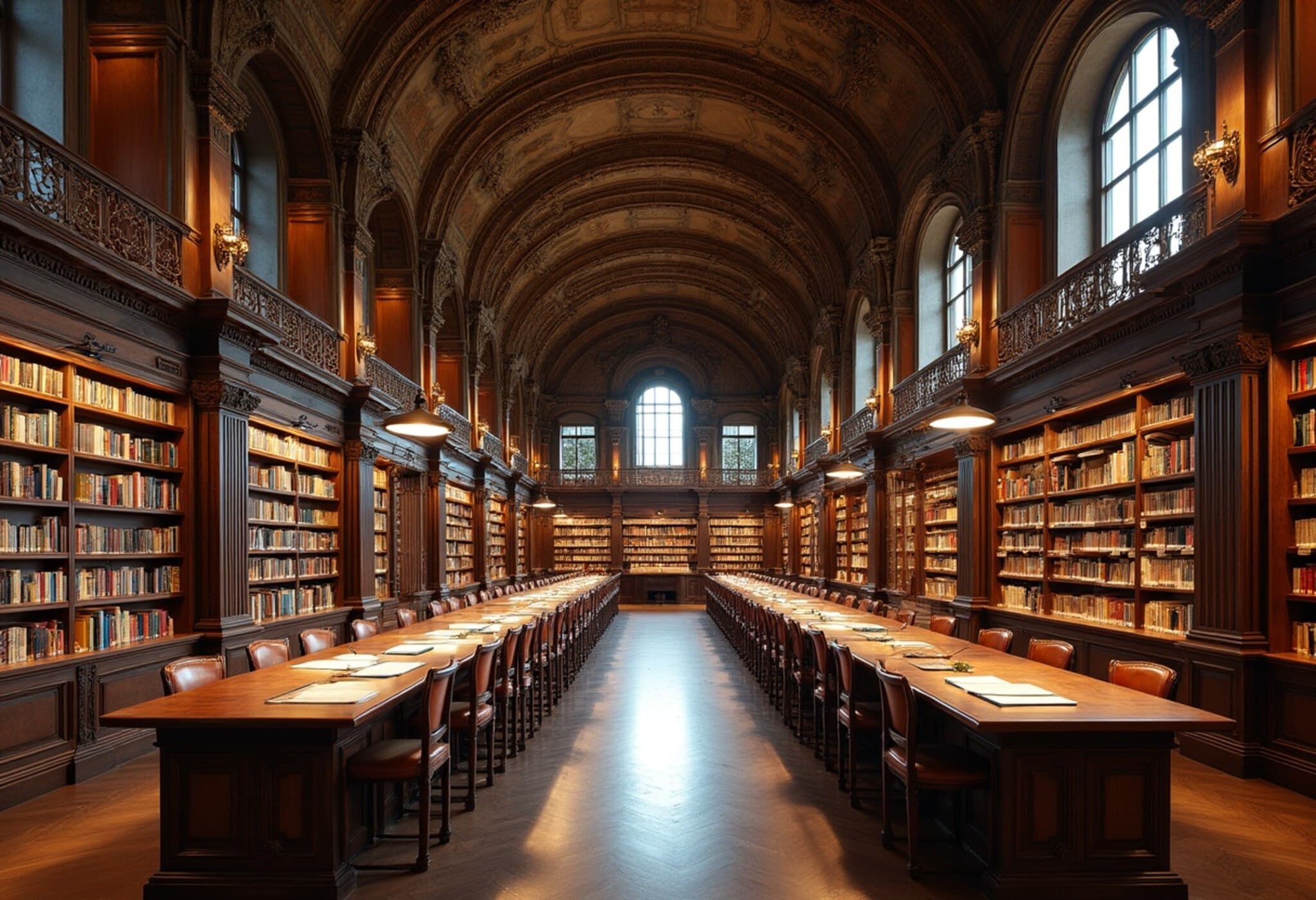Bangladesh Stops Demolition of Iconic Filmmaker Satyajit Ray’s Ancestral House
In a significant development underscoring the cultural ties between India and Bangladesh, authorities in Bangladesh have halted the demolition of the ancestral home of renowned filmmaker and writer Satyajit Ray. This decision comes after India voiced concerns and extended an offer to assist in the restoration of the property, which is located in Mymensingh, Bangladesh.
Background: The Ancestral Home and Its Cultural Significance
The house belonged to Satyajit Ray’s grandfather, Upendrakishore Ray Chowdhury, a celebrated writer and illustrious figure in Bengali literature. The property represents more than just a home – it stands as a symbol of the Bangla cultural renaissance and the enduring legacy of the Ray family, whose contributions have significantly shaped art and literature across the Bengal region.
However, in recent weeks, the house was slated for demolition due to its dilapidated condition. Bangladeshi authorities planned to replace it with a new structure, citing safety and maintenance concerns. This announcement sparked widespread criticism, with cultural advocates and the public expressing fears about erasing important heritage sites connected to prominent historical figures.
India’s Response and Offer of Cooperation
The Government of India swiftly responded, emphasizing the importance of preserving the property as a shared cultural monument. In a statement from the Ministry of External Affairs, India expressed “profound regret” at the demolition plans and highlighted Satyajit Ray’s international acclaim, including being a recipient of India’s highest civilian honor, the Bharat Ratna, and an Oscar lifetime achievement award.
India proposed helping with the restoration and converting the ancestral house into a museum dedicated to literature and the vibrant cultural ties linking India and Bangladesh. This initiative aligns with broader regional efforts to protect heritage sites that embody shared histories and artistic achievements.
Bangladeshi Official Acknowledges Oversight
Following the international attention, Faisal Mahmud, the press minister at the Bangladesh High Commission in New Delhi, admitted that the demolition was a mistake resulting from an internal misunderstanding. He clarified that the building was never officially classified as a protected heritage site, a lapse he recognized as regrettable, especially given the house’s significance.
Mahmud outlined that the building had been used by the Shishu Academy—a government-run children’s institution—for classes and activities until 2007, when it began falling into disrepair. He acknowledged failures in administrative coordination, including the absence of any formal heritage protection requests to the archaeological department.
Crucially, after media reports surfaced, the archaeological department intervened by instructing the Shishu Academy to halt demolition efforts. This internal government counterbalance has now resulted in the suspension of the demolition process.
Contextualizing the Incident: Cultural Memory and Political Nuance
The timing of the demolition attempt aligns with a sensitive period in Bangladesh, where recent governmental actions have been perceived by some as attempts to reshape national narratives—sometimes at the expense of historic figures. Critics have interpreted the dismantling of national icons like Sheikh Mujibur Rahman as indicative of broader political motives.
This episode involving the Ray ancestral home spotlights the tensions that can emerge between heritage preservation and modern development agendas, as well as the intricate diplomacy involved when cultural heritage crosses national borders.
Looking Forward: Opportunities for Bilateral Cultural Collaboration
The cessation of demolition opens a window for both countries to deepen cultural collaboration. Experts suggest that restoring and repurposing the house as a museum could foster greater cultural understanding and tourism—prompting economic as well as diplomatic benefits.
- Preservation as Heritage: Official heritage status can protect such sites indefinitely.
- Educational Value: A museum could inspire new generations about shared Bengali culture.
- Tourism Boost: Such landmarks can enhance cultural tourism between India and Bangladesh.
Moreover, with India offering support, this could set a precedent for joint heritage projects, strengthening goodwill in the region.
Editor’s Note
The halt of demolition at Satyajit Ray’s ancestral home is more than a bureaucratic decision; it reflects the deep cultural interplay between India and Bangladesh and highlights the complexities of heritage preservation in a rapidly changing socio-political landscape. This incident raises critical questions about how nations manage their shared histories while balancing development and memory. It also underscores the potential for cultural diplomacy to build bridges, fostering not only historical respect but future cooperation.
As the story unfolds, close attention to how Bangladesh navigates heritage protection alongside political currents will be essential. Readers might consider how cultural monuments worldwide face similar challenges—how can societies ensure that progress does not come at the cost of invaluable historical identities?

